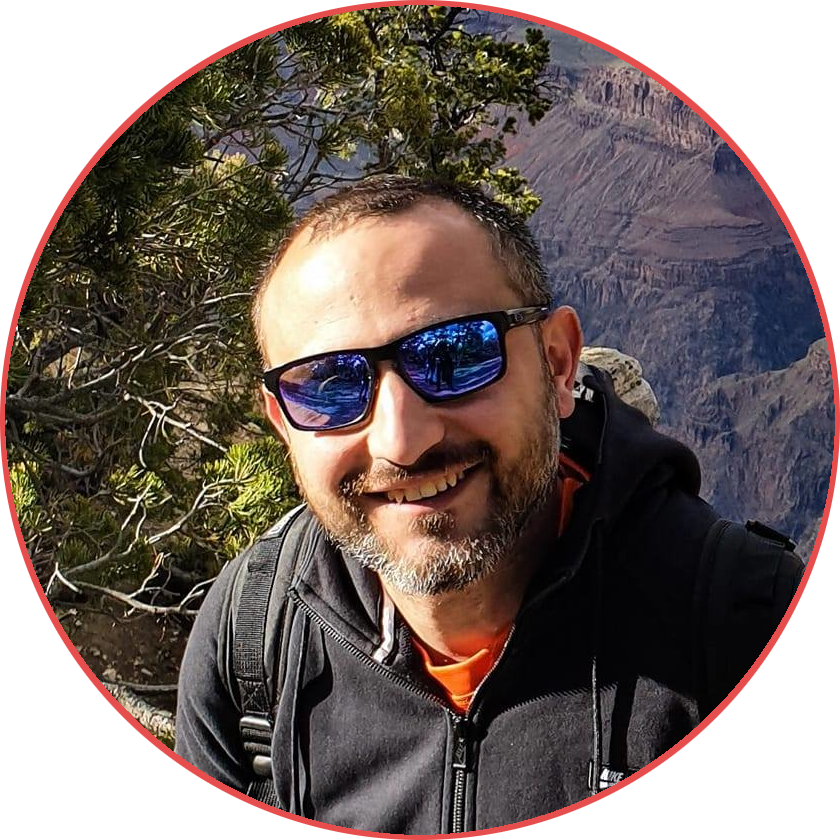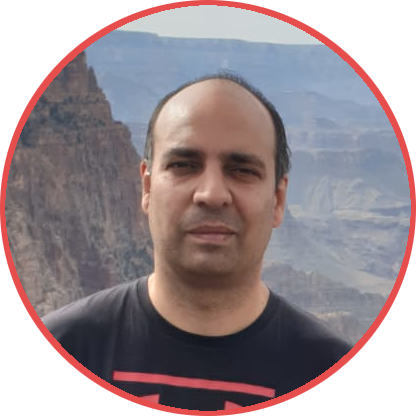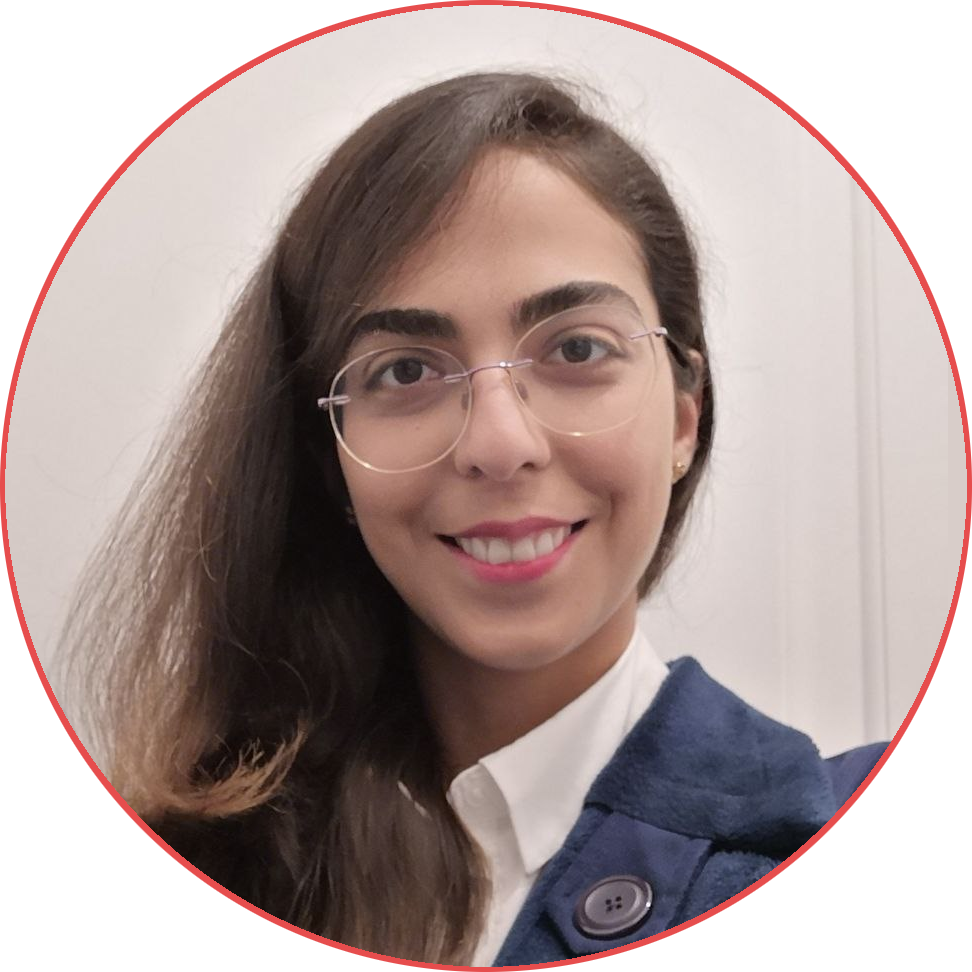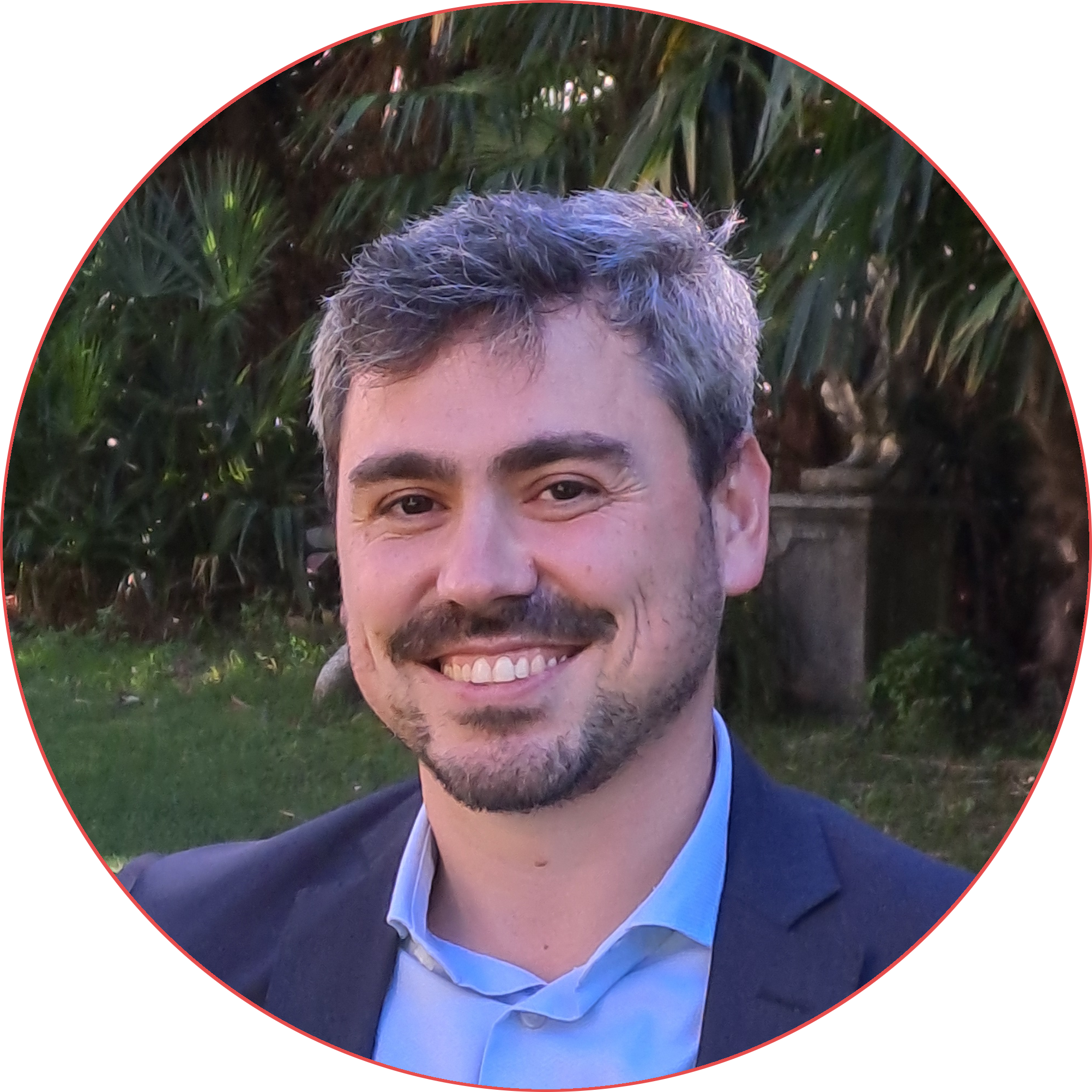Stefano Cavuoti
INAF-OACN
► Regression models for astronomical data
 |
Stefano Cavuoti is a senior researcher at INAF - Astronomical Observatory of Capodimonte. He obtained a PhD in Physics in 2013 and the book extracted from his thesis won an award from the International Astrostatistics Association in 2016 in the category: "Outstanding Publication in Astrostatistics by a PostDoc". His main research concerns the usage of Machine Learning in order classify and/or derive properties (with a particular attention to the redshift) of extragalactic objects. However he gave also a contribution to other fields, by using Machine Learning, such as experiments of direct dark matter detection or the segmentation of hippocampal regions in the human brain. He is author of more than 200 scientific papers. |
Simone Riggi
INAF-OACT
► Classification models for astronomical image data
 |
Simone Riggi is a senior researcher at INAF - Astrophysical Observatory of Catania. He earned the PhD in Physics from the University of Catania in 2010. He contributed to key scientific results on the spectrum and chemical composition of high-energy cosmic rays (CR) obtained by the Pierre Auger Observatory and participated in various initiatives, such as the MuonPortal project, exploring the use of CRs for volume inspection and border security. His current research focuses on radio astronomy, particularly the characterization of Galactic radio sources in large surveys conducted with the Square Kilometre Array and its precursors (ASKAP, MeerKAT). His expertise spans monitoring and control systems, particle detector event simulation and reconstruction, data analysis, machine learning, and distributed computing. He currently leads various projects on deep learning applications in radio astronomy and the advancement of AI in astronomical research. |
Farida Farsian
INAF-OACT
► Graph Neural Networks
 |
Farida Farsian is a researcher at INAF - Osservatorio Astrofisico di Catania, specializing in the application of Artificial Intelligence and deep learning techniques to astrophysics and cosmology. She holds a PhD from SISSA, where she worked on CMB component separation and map analysis. Her research experience spans machine learning for large-scale structure studies, gamma-ray burst detection, and CMB data analysis, with a strong focus on neural networks, graph neural networks, and generative models. Currently, her work also explores the emerging field of quantum machine learning and its potential applications in astrophysical data analysis. Farida has contributed to several international collaborations and projects and is actively involved in science outreach and workshops promoting the use of AI and quantum methods in astronomy. |
Thomas Cecconello
INAF-OACT & DIEEI UNICT
► Let the Data Speak: Self-Supervised Learning in Astronomy
 |
Thomas Cecconello is a PhD student at the Astrophysical Observatory of Catania (INAF - OACT), affiliated with the University of Catania and working within the Perceive Lab at the DIEEI department, which focuses primarily on computer vision. With a background in computer science, he has expertise in computer vision, IoT, and complex systems. His research is centered on developing self-supervised learning techniques to create generalist models for radio astronomy and designing strategies to scale and balance training data in a semi-supervised manner. He has participated in the European NEANIAS project and is currently involved in the National Research Center for High Performance Computing, Big Data, and Quantum Computing (ICSC). He has also contributed to several scientific publications through various collaborations. |
Giuseppe Angora
INAF-OACN
► Regression models for astronomical data
|
Giuseppe Angora is a researcher at the Capodimonte Astronomical Observatory in Naples, specializing in machine learning and deep learning applications in astrophysics, focusing on observational cosmology. He earned his PhD in Physics from the University of Ferrara in 2021, where he worked on detecting strong gravitational lensing events and identifying cluster galaxies within galaxy clusters. His research spans a broad range of topics, including the development and maintenance of web platforms for monitoring scientific instrumentation aboard telescopes, the application of deep learning techniques to identify strong lensing events in Euclid data, GPU-based code optimization, and information extraction from spectral data cubes. Giuseppe is actively involved in several international collaborations, including the Euclid mission and James Webb Space Telescope surveys, and is also engaged in science outreach activities.
|
